Retro Replay Review
Gameplay
Ambermoon builds on the foundations laid by its predecessor, delivering a deep and strategic role-playing experience that rewards careful planning. Players begin by choosing a male or female protagonist from a selection of portraits, though early customization options are limited. As the hero embarks on their quest, they gradually recruit up to five companions, each bringing unique abilities in combat, magic, or support. The sense of progression is palpable as party members level up, train physical attributes, and learn new spells from specialized NPCs in towns across Lyramion.
(HEY YOU!! We hope you enjoy! We try not to run ads. So basically, this is a very expensive hobby running this site. Please consider joining us for updates, forums, and more. Network w/ us to make some cash or friends while retro gaming, and you can win some free retro games for posting. Okay, carry on 👍)
The dual-mode world structure shines in Ambermoon. Overworld exploration and most interiors are presented in richly detailed 2D, while dungeons and certain special areas transition to a fully 3D, real-time engine with textured floors and ceilings. This seamless shift not only enhances immersion but also underscores the game’s technical ambition in 1993. Combat remains turn-based and grid-oriented, encouraging tactical positioning of your six-member party. Enemies appear only when the party makes contact, giving players the option to slip past weaker foes and conserve resources for tougher battles.
Adventure elements such as puzzle-solving, item management, and world navigation further enrich gameplay. A functional day-and-night cycle dictates NPC schedules and the visibility of hidden paths, while items can wear out or break, necessitating visits to skilled repairers. Resting in inns or camping with rations restores hit points but demands strategic resource allocation. Vehicles like a witch’s broom and a giant eagle eventually expand travel options, opening up optional islands and secret quests that reward exploration beyond the main storyline.
Despite its depth, Ambermoon’s interface can feel archaic to modern players. Movement and action modes are toggled via the numeric keypad or mouse clicks, and some commands require multiple key presses. While this system offers precision once mastered, it poses a steep learning curve for newcomers. Nevertheless, fans of classic RPGs will appreciate the tactile feel of each decision and the satisfaction of mastering the game’s nuanced mechanics.
Graphics
Ambermoon’s visual presentation is a testament to Thalion’s ambition to push hardware boundaries in the early ’90s. The 2D overworld boasts colorful, hand-drawn tiles that bring towns, forests, and coastlines to life. Each area feels distinct, from the crumbling ruins of the red-moon catastrophe to the verdant fields where travelers trade rumors. Sprites are sharp and convey a surprising level of detail, making exploration a delight.
In dungeons and specialized zones, the shift to a fully 3D engine marks a significant leap forward. Textured walls and ceilings create claustrophobic corridors and grand halls alike, with dynamic lighting effects—such as flickering torchlight—adding atmospheric depth. The transition between 2D and 3D is smooth, maintaining immersion rather than fracturing it. For its time, Ambermoon’s graphics struck a rare balance between technical prowess and artistic flair.
Character portraits deserve special mention: each recruitable companion features a unique illustration that captures personality and backstory at a glance. These static images accompany dialogue, weaving visual storytelling into every conversation. While modern gamers might find the resolution limited, the art direction remains charming and evocative. Overall, Ambermoon’s graphics effectively serve gameplay and narrative, creating a cohesive world that still holds nostalgic appeal.
Story
Set more than fifty years after the events of Amberstar, Ambermoon unfolds against the backdrop of Lyramion’s slow recovery from the red moon’s collapse. The game opens with an aging hero summoning their grandchild, unveiling a prophetic vision of an old friend presumed dead for decades. This poignant start immediately injects urgency and personal stakes: the young protagonist must discover the truth behind the vision, rekindle lost alliances, and confront a rising evil that threatens the fragile peace.
The narrative excels in its layered world-building. Townsfolk share rumors of dark cults and ancient artifacts, while environmental storytelling—ruined fortresses, overgrown temples, and moon-scarred landscapes—speaks volumes about past cataclysms. As the party travels between islands, subplots emerge: from political intrigue in coastal cities to the plight of isolated inhabitants in remote mountain villages. These side quests never feel tacked on; they reinforce the central theme of reconstruction and the lingering shadows of history.
Character interactions enrich the storyline further. Each companion harbors personal motivations, whether redemption, revenge, or redemption, which occasionally diverge from the main quest. Dialogue choices can unlock secret side missions or deepen relationships, lending emotional weight to decision-making. While the overarching plot follows a familiar “save the world” blueprint, its execution—spiced with local legends and morally gray dilemmas—ensures that the journey remains engaging from start to finish.
Overall Experience
Ambermoon stands as a remarkable example of early 1990s RPG design, blending intricate mechanics, atmospheric visuals, and a compelling plot. The game’s ambitious scale—multiple islands, dual-mode graphics, and a six-member party system—can feel overwhelming at first, but those who persevere are rewarded with one of the era’s most immersive role-playing experiences. Exploration never grows stale thanks to optional quests, hidden secrets, and the ever-present promise of new challenges.
That said, Ambermoon is not without its rough edges. The user interface, rooted in keyboard and rudimentary mouse controls, tests patience, especially during extended play sessions. Modern conveniences such as streamlined inventory management or autosave checkpoints are absent, making attention to detail essential. Still, for enthusiasts of old-school RPGs, these quirks contribute to the game’s charm—transforming each victory into a hard-earned triumph.
In an age of flashy graphics and streamlined mechanics, Ambermoon reminds us of the joy found in exploration, strategy, and storytelling depth. Its untapped potential—Thalion’s unfinished trilogy has attained near-mythical status—adds an extra layer of intrigue for retro gamers and collectors alike. While firmly rooted in its time, Ambermoon’s rich world, tactical combat, and narrative ambition ensure that its legend endures among RPG aficionados.
 Retro Replay Retro Replay gaming reviews, news, emulation, geek stuff and more!
Retro Replay Retro Replay gaming reviews, news, emulation, geek stuff and more!
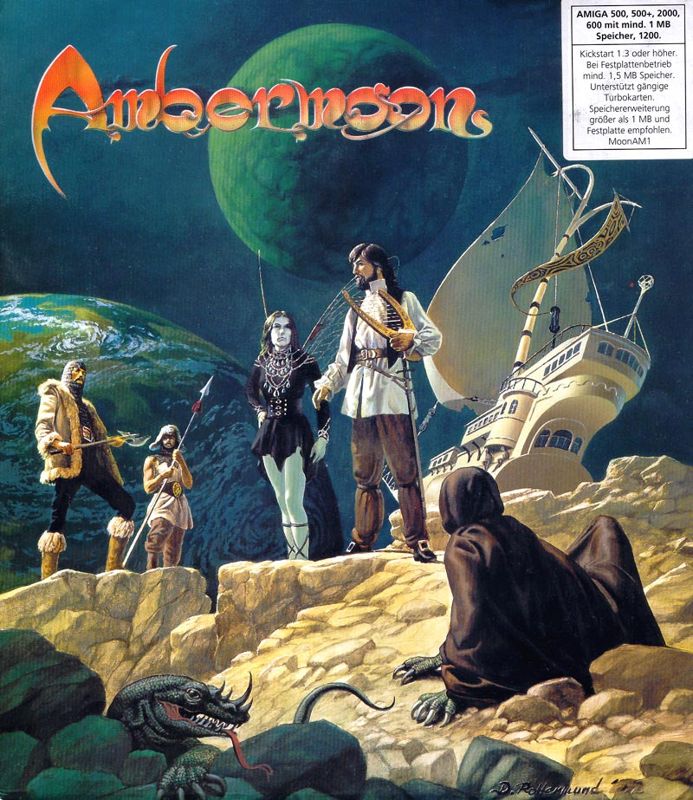
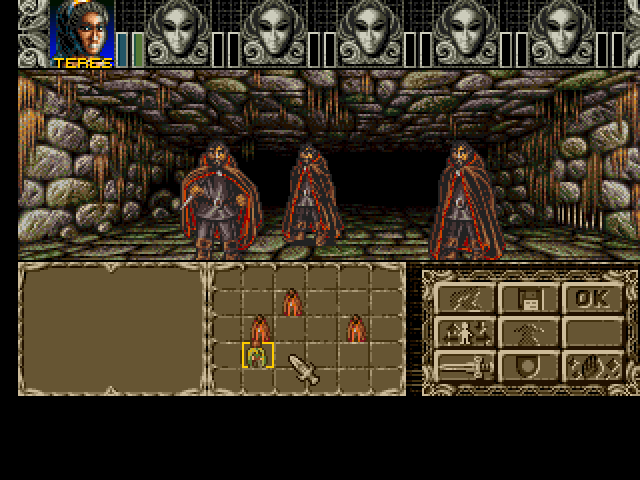

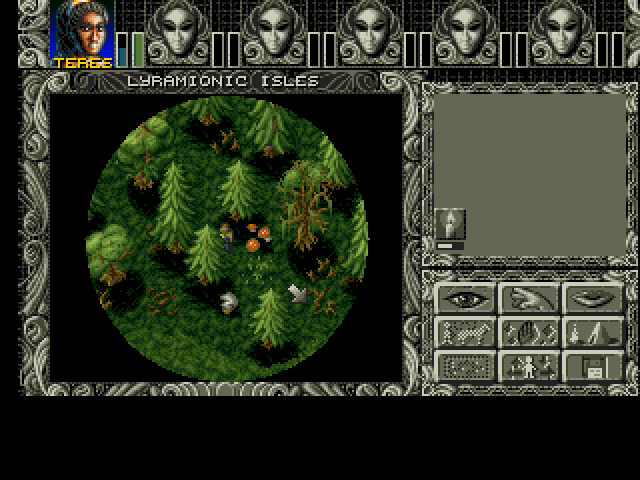
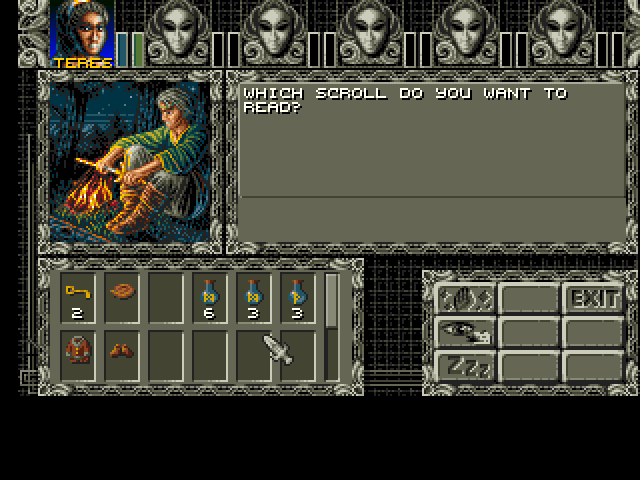
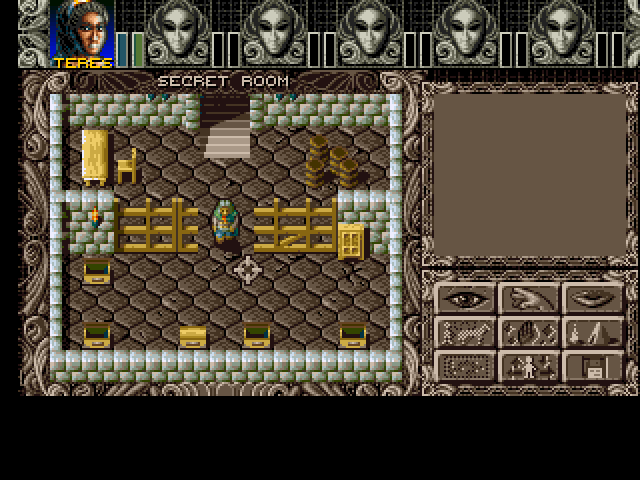



Reviews
There are no reviews yet.